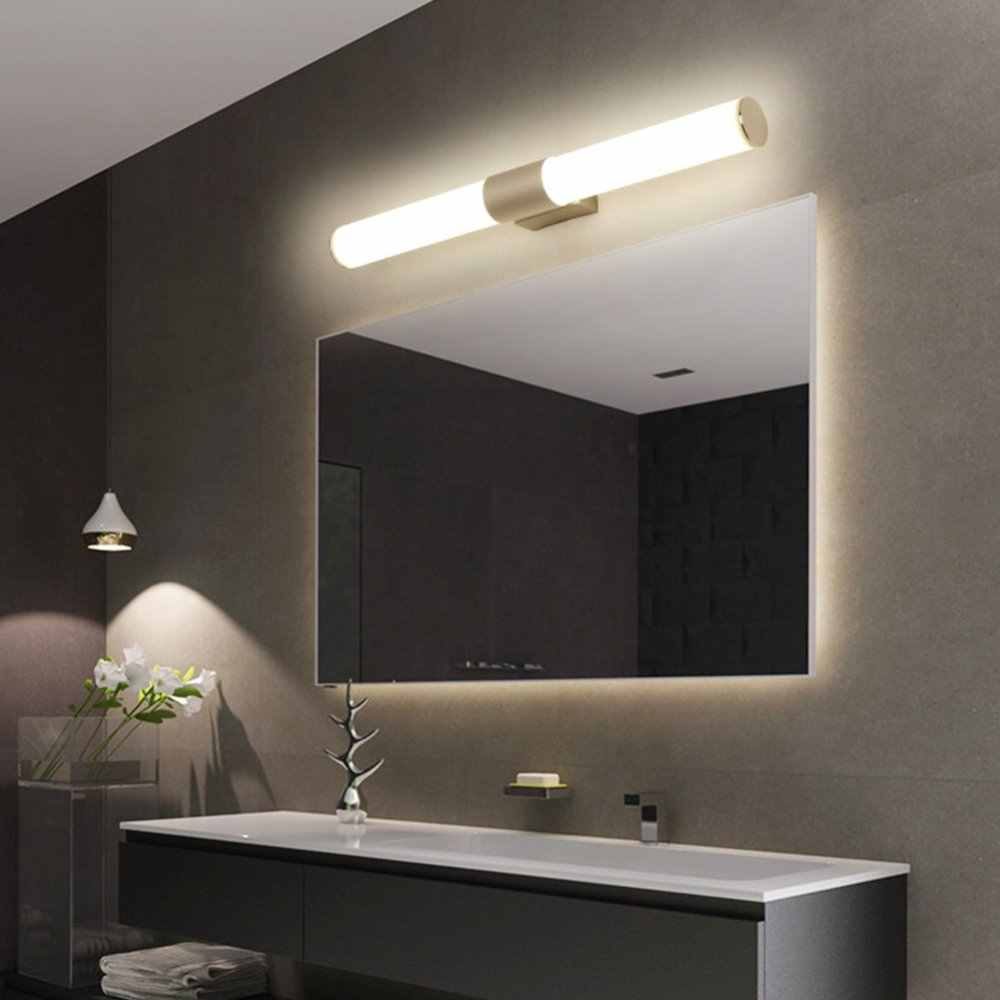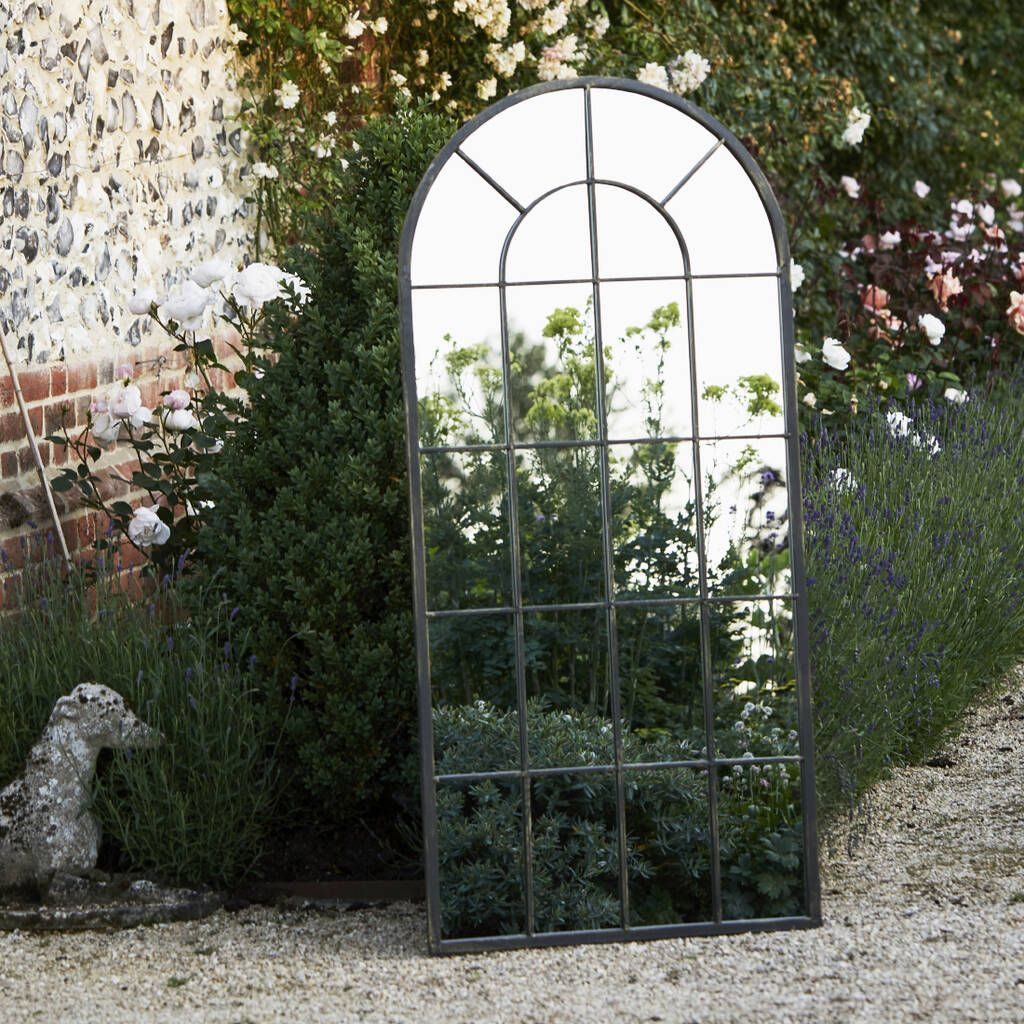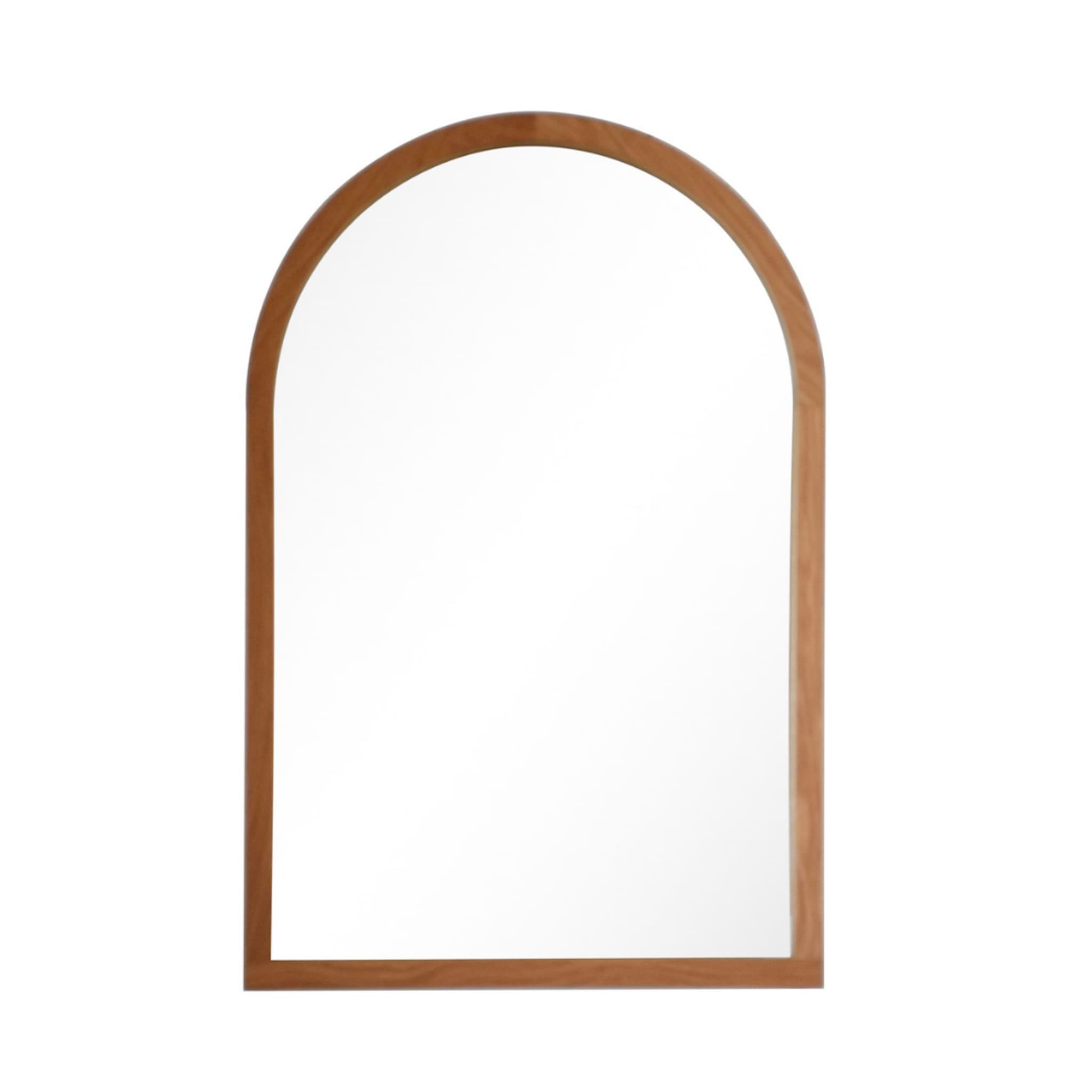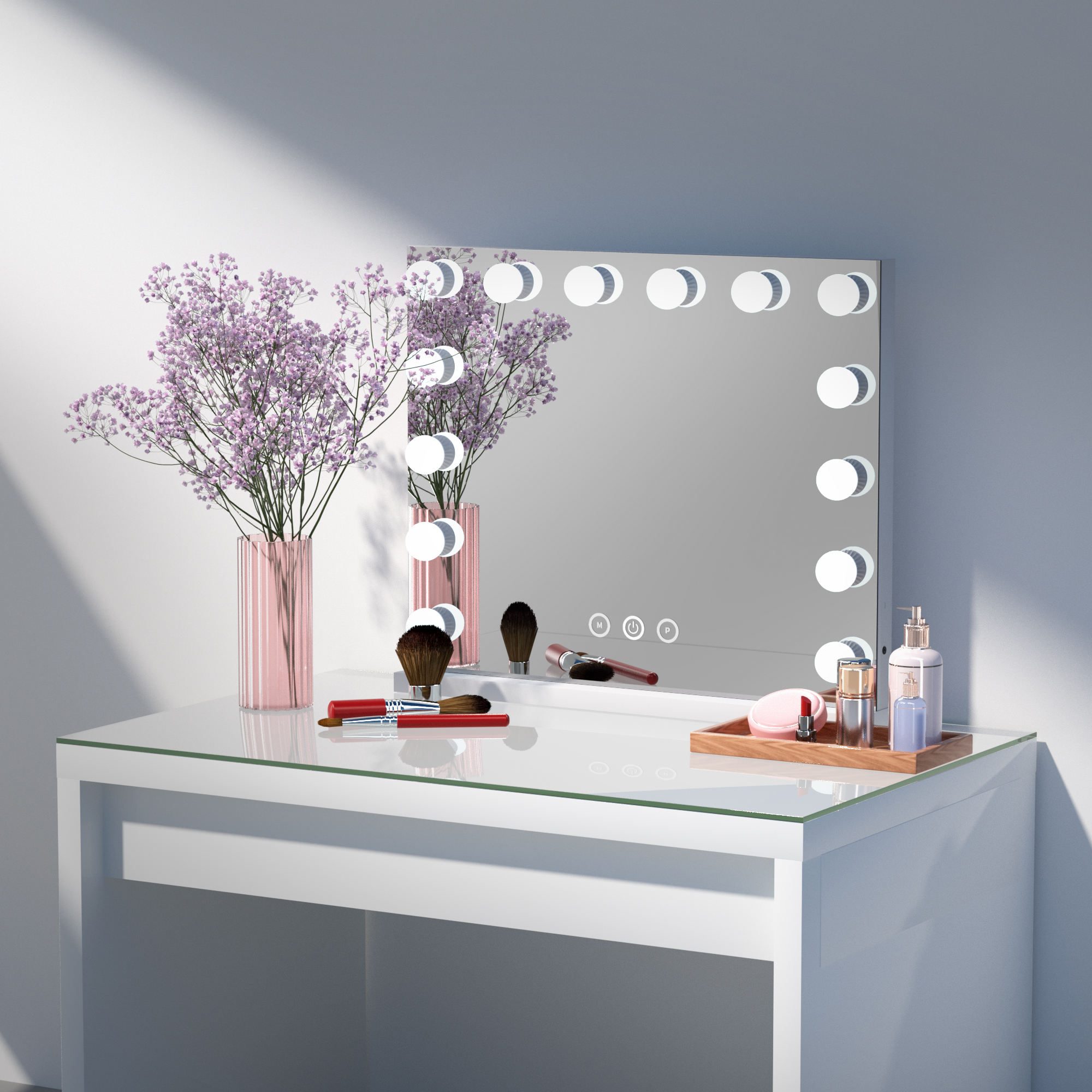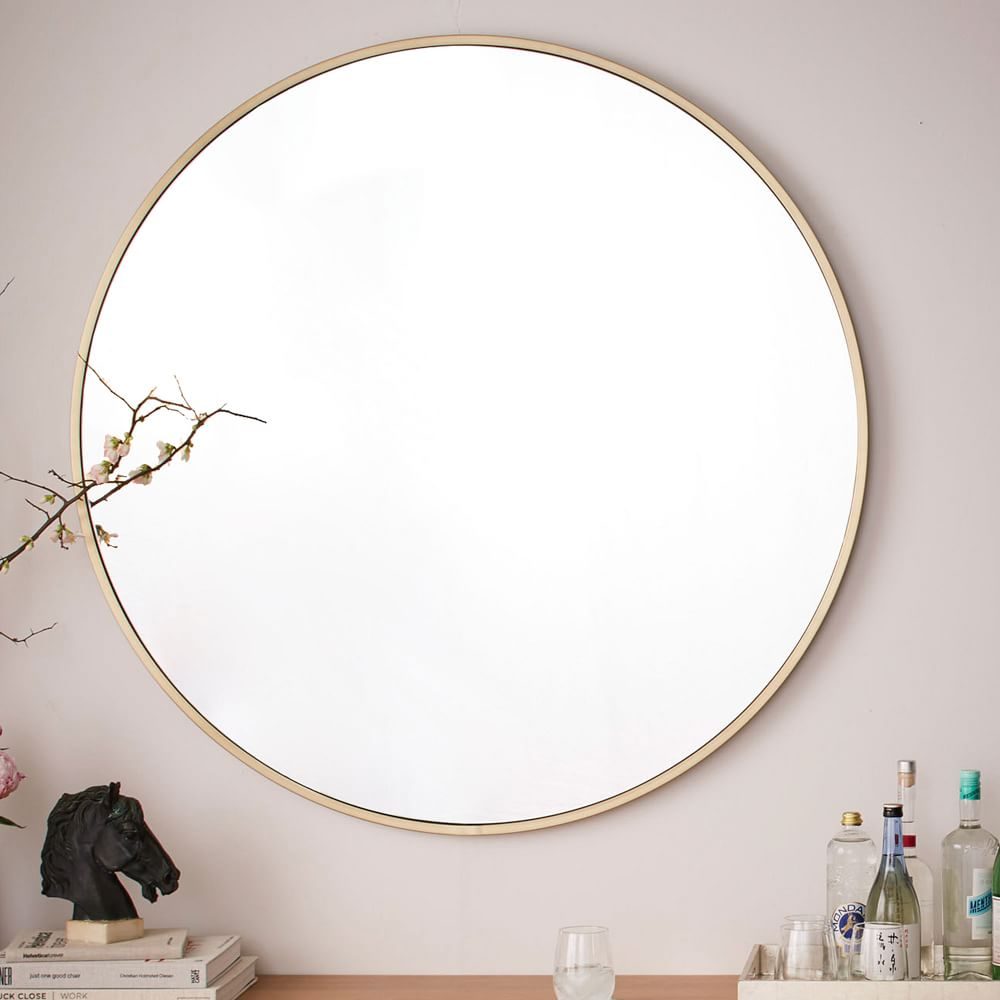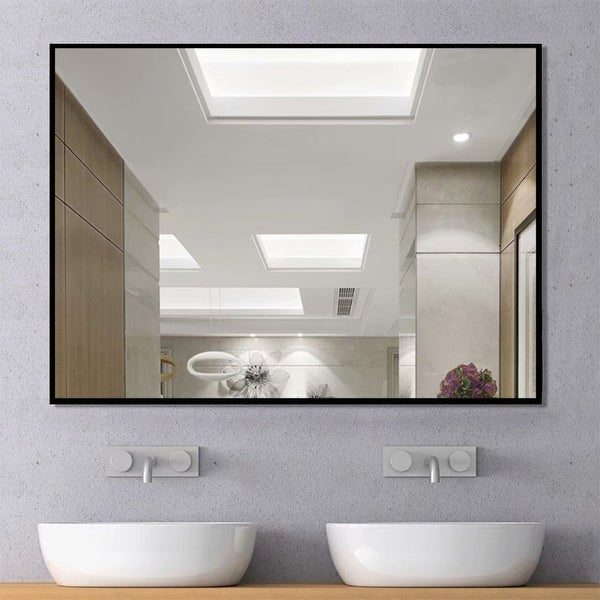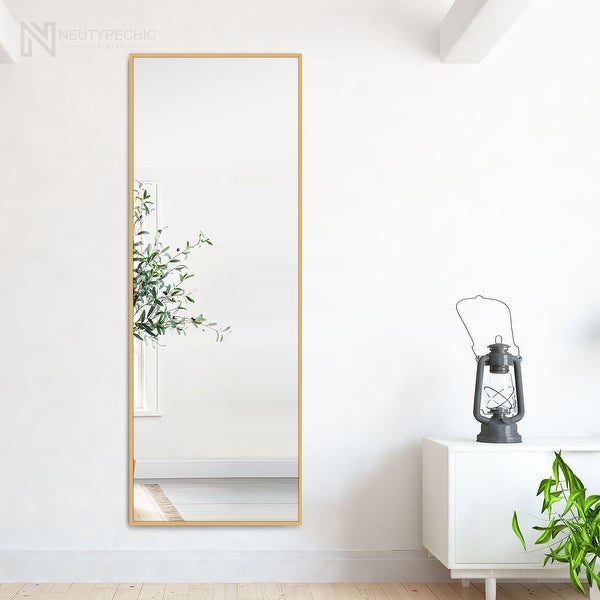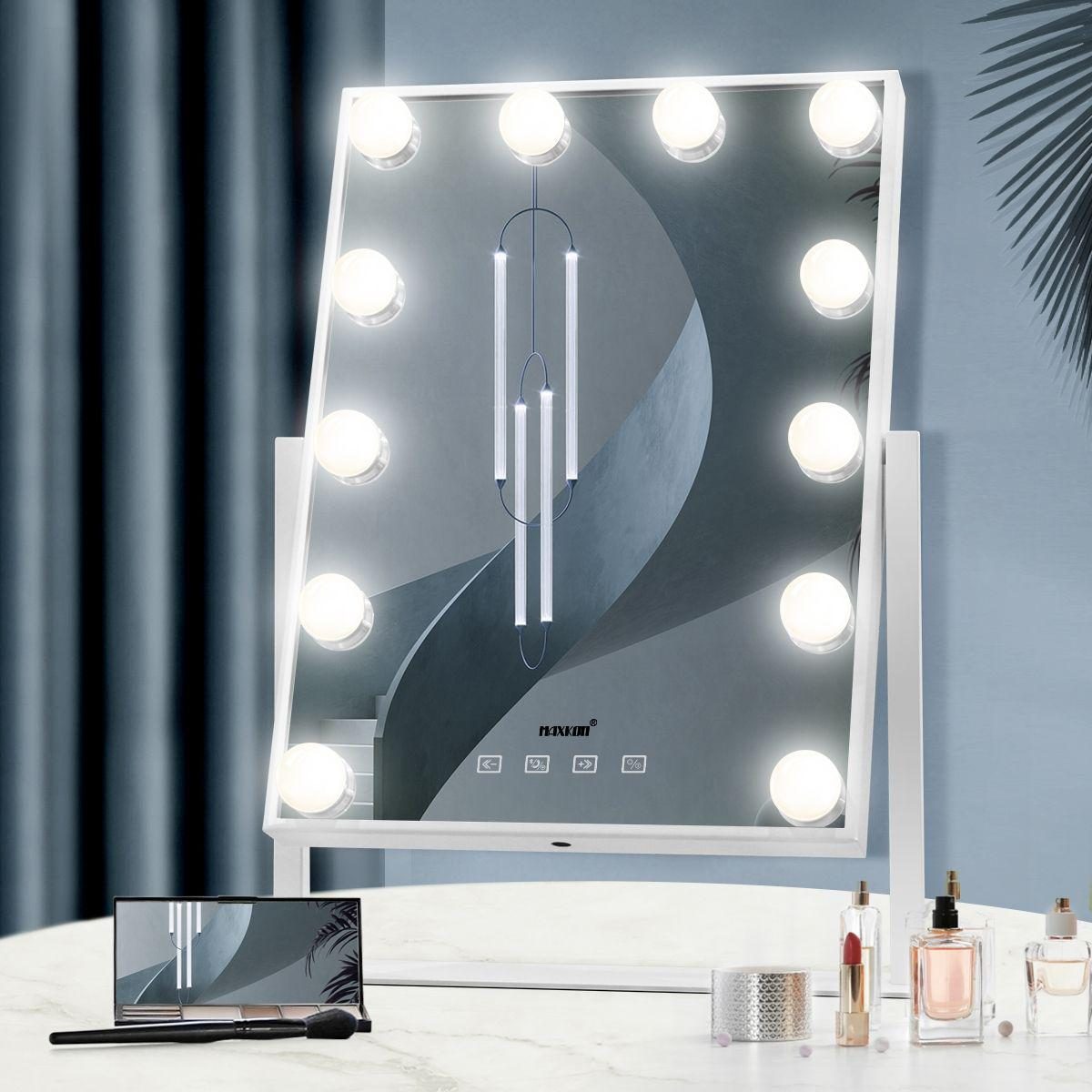Introduction: Visual harmony is the cornerstone of interior design, creating spaces that are pleasing to the eye and evoke a sense of tranquility. Full length mirrors, often underestimated, are powerful tools for achieving visual balance and harmony within your living environment. This article explores how full length mirrors contribute to the art of creating visual harmony in interior design.
1. Reflective Symmetry: Full length mirrors introduce reflective symmetry, a design principle that fosters equilibrium. Placing mirrors on opposite walls creates a sense of balance and order, especially in rooms with asymmetrical layouts.
2. Complementary Framing: Select mirror frames that complement the existing decor. Whether echoing the color palette, material, or design motif, well-chosen frames integrate seamlessly, contributing to a unified and harmonious space.
3. Expanding Natural Light: Ample natural light is a hallmark of harmonious interiors. Full length mirrors positioned to reflect sunlight can amplify its reach, bathing the room in a warm and inviting glow.
4. Spatial Depth and Dimension: Mirrors add depth to rooms, tricking the eye into perceiving more space. By placing full length mirrors in strategic locations, you enhance the sense of dimension, creating a harmonious and open environment.
5. Restful Retreats: In bedrooms and relaxation areas, full length mirrors can evoke a sense of serenity. Their reflective surfaces create a soothing ambiance, perfect for unwinding and finding inner peace.
6. Blending with Nature: Mirrors can seamlessly merge interiors with outdoor views. Positioning a full length mirror to reflect a garden or scenic view enhances the connection between indoor and outdoor elements, promoting harmony.
7. Cohesive Room Flow: Full length mirrors serve as transitional elements, ensuring smooth visual flow between interconnected rooms. Mirrors contribute to a seamless journey throughout the space, enhancing the overall sense of harmony.
Conclusion: Full length mirrors are not merely functional objects; they are instruments of visual harmony. By harnessing their reflective qualities, symmetry, and ability to expand light and space, you can create interiors that resonate with a sense of balance, tranquility, and lasting harmony.

